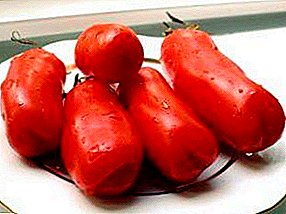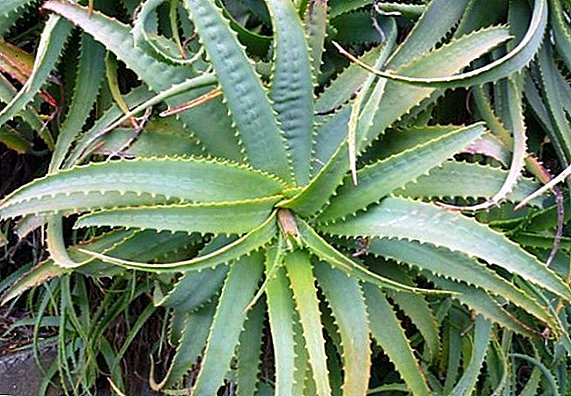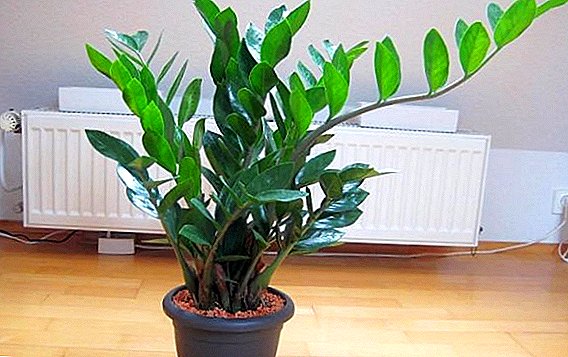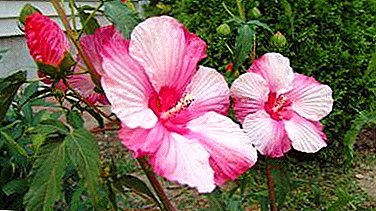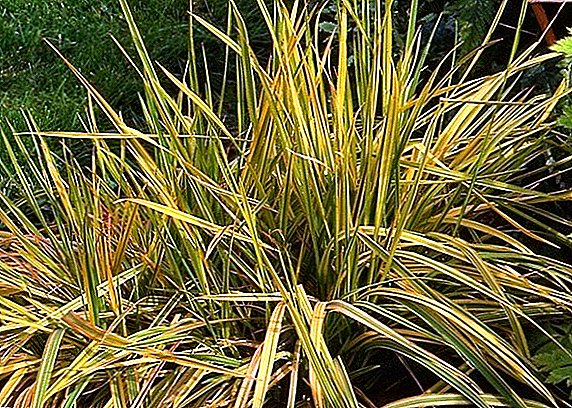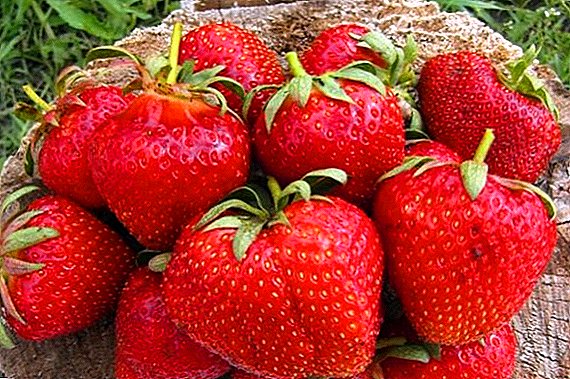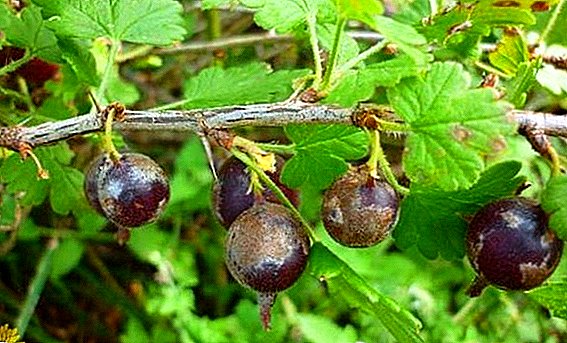 Mealy dew (in other words, ash or ashes) is a fungal disease that is caused by microscopic fungi that live in the soil — the order of powdery erysipelas or erysiphoid. Currant suffers from this fungus. Mealy dew affects part of the plant that is above the ground - the leaves, petioles, buds, seedlings and shoots of this year, as well as the growing point. Let's take a closer look at this disease and the measures to combat it.
Mealy dew (in other words, ash or ashes) is a fungal disease that is caused by microscopic fungi that live in the soil — the order of powdery erysipelas or erysiphoid. Currant suffers from this fungus. Mealy dew affects part of the plant that is above the ground - the leaves, petioles, buds, seedlings and shoots of this year, as well as the growing point. Let's take a closer look at this disease and the measures to combat it.
What is dangerous and where does it come from
This disease begins to spread in early June, the active phase occurs in July - August. The causative agent is a fungus Sphaerotheca morus-uvae Berk, et Curt.
There are no varieties of currants that are completely resistant to this disease. A fungus is formed on the leaves, petioles, young shoots, berries and stalks of plants.  First of all, powdery mildew affects the leaves and shoots that are closer to the ground, and then the whole plant is infected with it. This disease of currants should be carefully considered in the photo to be able to distinguish from others.
First of all, powdery mildew affects the leaves and shoots that are closer to the ground, and then the whole plant is infected with it. This disease of currants should be carefully considered in the photo to be able to distinguish from others.
Did you know? Currant is Pantothenic acid (vitamin B5), which improves immunity and resistance to allergies, and also improves the condition of the skin and hair.On closer examination, you will notice the sores, which are in the places of attachment of the mycelium. As a result, the plant weakens and becomes unattractive, as the fungus prevents it from feeding, and photosynthesis deteriorates in the affected leaves.
At the same time, cracks appear on the diseased fruits, which can then become infected with pathogens of rots. 
Fungi become active under the following conditions.:
- when heavy rains;
- at air temperature + 15-27 ºC against a background of 60-80% air humidity;
- with multiple fluctuations in temperature;
- after a serious anti-aging pruning;
- with an excess of nitrogen in the soil;
- if the bushes were too densely planted;
- with the wrong watering mode. For example, with too frequent wetting of the land or with rare watering.
Signs of defeat
Here are the main signs by which you can recognize that the currant bush is infected with powdery mildew:
- A whitish-gray bloom forms on the leaves and shoots, which will turn brown in the future.
- The growth point is affected, the plant ceases to develop and collapses.
- The leaves curl, decrease in size, and also lose their green color.
- The berries, which had time to form, were covered with bloom, and those that were not formed were fallen.
- The bush stops growing, dries out, its resistance to frost decreases. Therefore, if the currant does not die from the disease, then it simply will not survive the winter.
Did you know? Currants grow on all continents except Australia and Antarctica. Currently known about 150 species of plants.
How to warn
To prevent the appearance of a fungus, it is necessary to trim currant bushes in the fall, remove leaves and branches from the ground, in which the pathogen overwinters, and then they must be burned.
Important! If the climate favors the development of fungal diseases, then it is necessary to grow varieties of currants resistant to them, for example, Dove, Black Pearl, Agat, and others.In early spring, the bushes and soil need to be treated with a solution of vitriol.
 Also, periodically inspect the bushes to quickly identify the disease, because the sooner you notice it, the more chances you will have to cure the plant. With this approach, you can notice the development of other diseases of currants.
Also, periodically inspect the bushes to quickly identify the disease, because the sooner you notice it, the more chances you will have to cure the plant. With this approach, you can notice the development of other diseases of currants.How to fight
It is worth noting that powdery mildew appears on white and red currants less often than on black. Measures to combat the disease are very different.  You can treat an infected plant both with the help of fungicidal preparations (when using, follow the manufacturer's instructions) and with the help of effective folk remedies.
You can treat an infected plant both with the help of fungicidal preparations (when using, follow the manufacturer's instructions) and with the help of effective folk remedies.
The mildew affects many plants, such as: tomatoes, apples, grapes, cucumbers, roses, gooseberries, raspberries, peas, strawberries, viola, orchid, gorteniziya, violets, houseplants.
Effective drugs
Many gardeners are puzzled over how to get rid of powdery mildew on a plant. If you decide to destroy the fungus "chemistry", then you need to choose the most gentle option for your plant.
Even the most effective drugs will not give the desired result if the currant bush has been improperly processed.
Important! For effective spraying of branches and leaves, you will need a spray gun with a functional nozzle, and a soft, wide brush is also suitable for this purpose. Thus, you will get the same result with irrigation of all parts of the bush.The best powdery mildew preparations for currants:
- 3% solution of "Nitrafen". Processing plants with this drug in early spring or early autumn.
- Before the appearance of buds in the early spring, irrigate the bushes and the ground beneath them with a solution of copper sulfate (80 g per 10 liters of water).
- 1% solution of colloidal sulfur, 0.1-0.2% "Karatan", lime-sulfur decoction, fortress 1 according to Baume. The first treatment before flowering, the second must be done before the formation of the ovary, and the third - after a week and a half.

Folk remedies
If a white bloom appeared on the currant branches, and you do not know what to do, do not panic, the bush can still be saved. The most effective home remedies for this disease:
- 100 g of soda ash mixed with 100 g of soap solution (50% soap and 50% water), process on a sheet;
- Infusion of onion peel, suitable for treatment in the initial stage of the disease. Also suitable as a warning measure;
- 25 g of copper sulphate + 25 g of soap, 1-3% aqueous solution.


